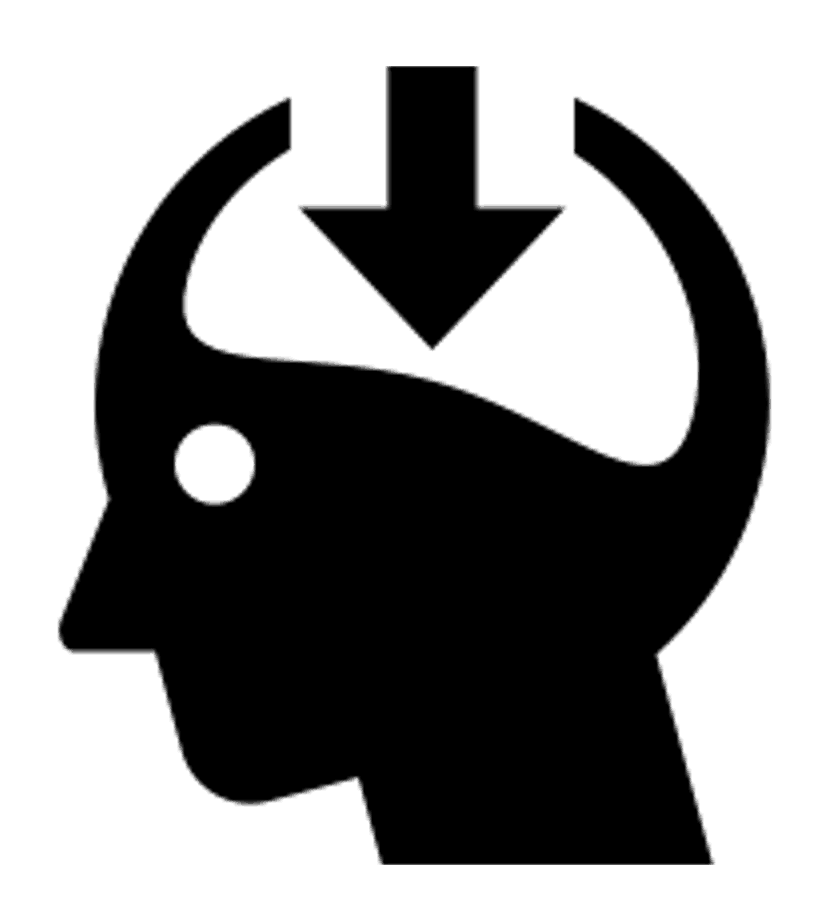|
There are two kinds of knowledge. One is explicit knowledge, which can be expressed in words and numbers and shared in the form of data, scientific formulae, product specifications, manuals, universal principles, and so forth. This kind of knowledge can be readily transmitted across individuals formally and systematically. This has been the dominant form of knowledge in the West. The Japanese, however, see this form as just the tip of the iceberg. They view knowledge as being primarily tacit, something not easily visible and expressible. Tacit knowledge is highly personal and hard to formalise, making it difficult to communicate or share with others. Subjective insights, intuitions and hunches fall into this category of knowledge. Furthermore, tacit knowledge is deeply rooted in an individual's action and experience, as well as in the ideals, values or emotions he or she embraces. To be precise, there are two dimensions to tacit knowledge. The first is the "technical" dimension, which encompasses the kind of informal and hard-to-pin-down skills or crafts often captured in the term "know-how". Master craftsmen or three-star chefs, for example, develop a wealth of expertise at their fingertips, after years of experience. But they often have difficulty articulating the technical or scientific principles behind what they know. Highly subjective and personal insights, intuitions, hunches and inspirations derived from bodily experience fall into this dimension. Tacit knowledge also contains an important cognitive" dimension. It consists of beliefs, perceptions, ideals, values, emotions and mental models so ingrained in us that we take them for granted. Though they cannot be articulated very easily, this dimension of tacit knowledge shapes the way we perceive the world around us.
Source: Leif Edvinsson and Michael S. Malone, Intellectual Capital: Realizing Your Company's True Value by Finding Its Hidden Brainpower. New York: Harper Business, 1997, pp 10-15.
|
 Hari Srinivas - hsrinivas@gdrc.org Hari Srinivas - hsrinivas@gdrc.orgReturn to the Knowledge Management Page |